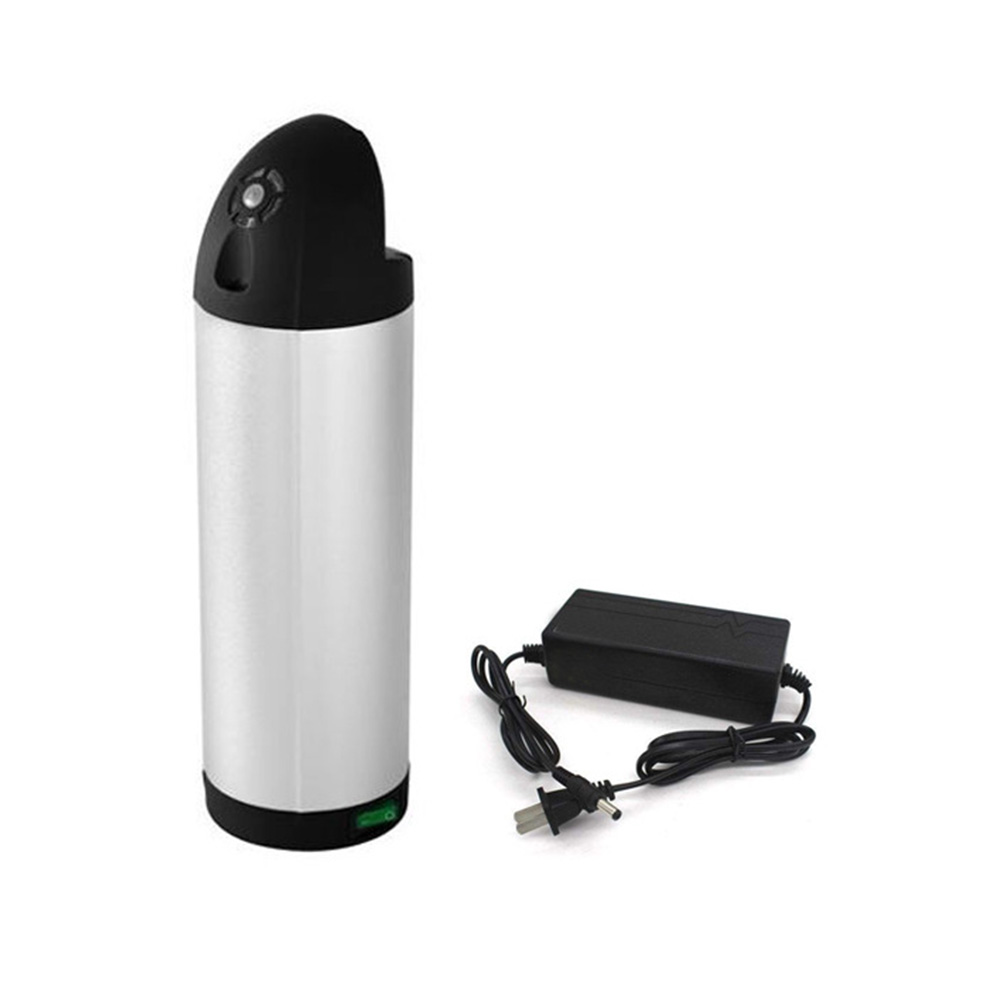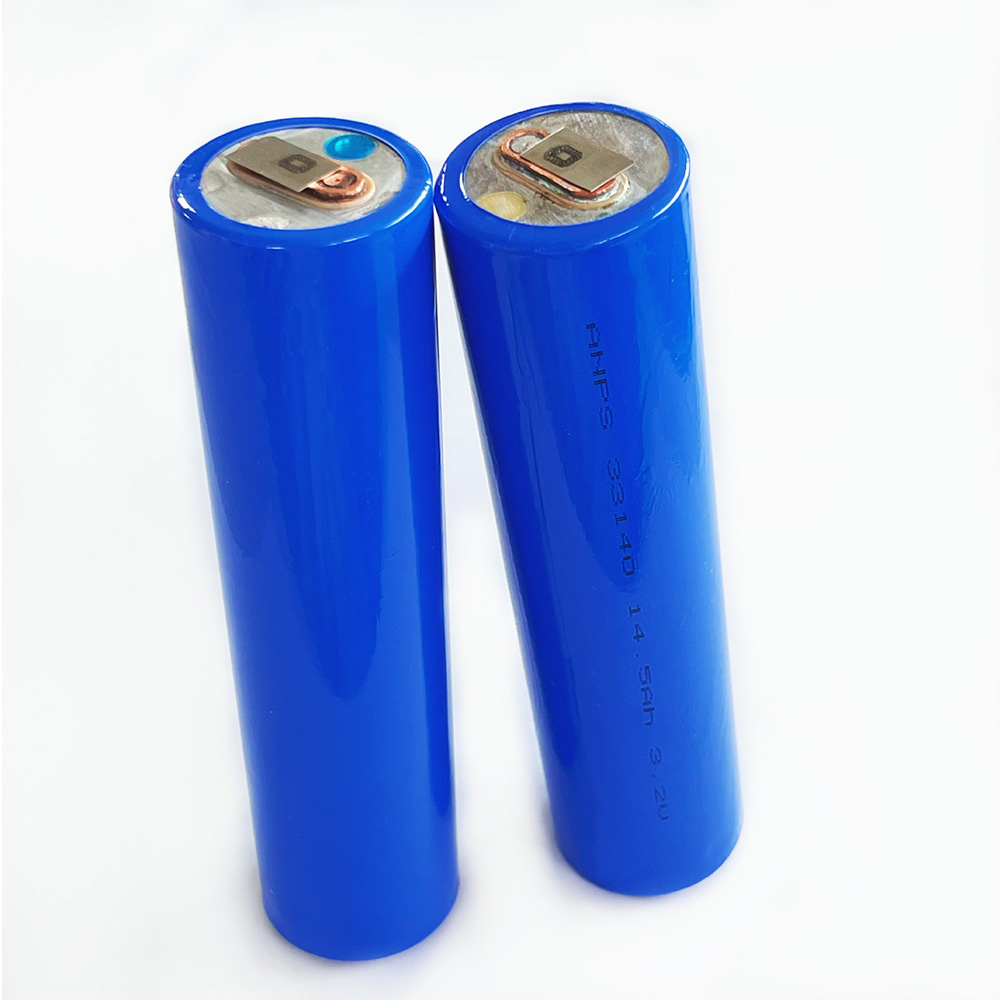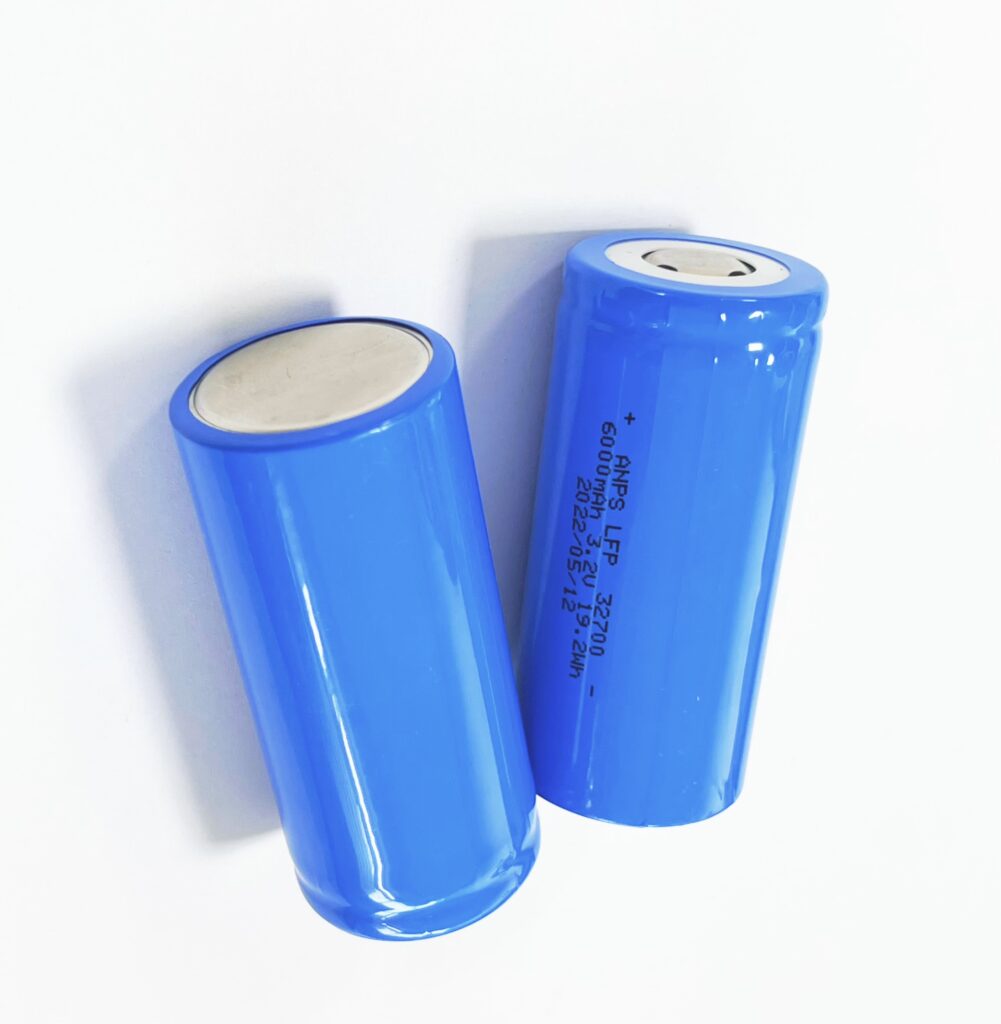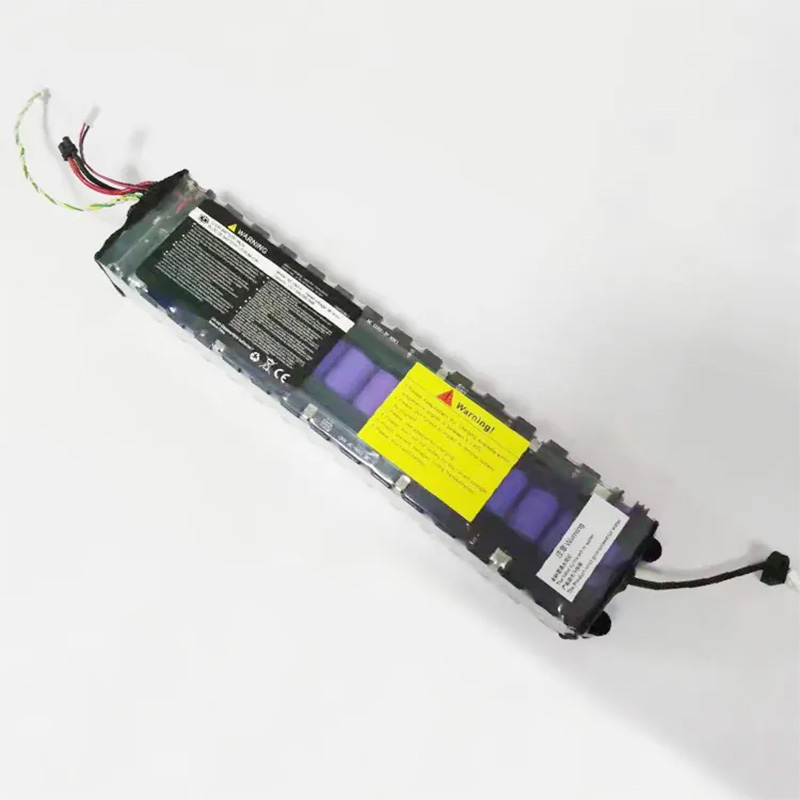Blog
Explore the Power of Lithium Innovation
Stay updated with the latest trends, technologies, and application insights in the world of lithium battery solutions
Search the whole station
Explore the Power of Lithium Innovation
Stay updated with the latest trends, technologies, and application insights in the world of lithium battery solutions

Lithium batteries are everywhere these days—they power our gadgets, electric scooters, and even renewable energy systems. If you’re feeling adventurous, building your own DIY lithium battery pack can be a fun and cost-effective project. Here’s a step-by-step guide to help you get started.
First, pick the right type of lithium cell for your project. You have a few options:
Each type has pros and cons, so pick the one that suits your needs best.
Next, figure out the voltage and capacity you need. For example:
Capacity, measured in ampere-hours (Ah), determines how long your battery can provide power.
Once you know your specs, buy your cells. You can find them online or at electronics stores. Make sure they match your voltage and capacity requirements.
Before assembling, check each cell with a multimeter to confirm its voltage and capacity. Also, insulate the cells using electrical tape or heat-shrink tubing to prevent short circuits.
To reach your desired voltage, connect cells in series. You can use soldering or spot welding. Watch the polarity carefully! Don’t forget to include a Battery Management System (BMS) to prevent overcharging or over-discharging.
The BMS keeps your pack safe. It monitors voltage and temperature, ensuring every cell charges and discharges evenly. Follow the BMS manufacturer’s instructions carefully when connecting it to your pack.
Protect your battery with a plastic or metal case. Make sure to leave ventilation holes so heat can escape—this helps your battery last longer.
Finally, use a compatible charger to fully charge your battery. Keep an eye on the process and never overcharge. Safety is key!
Building your own lithium battery pack is a rewarding project, but it requires careful planning and attention to detail. Follow these steps, and you can create a safe, reliable battery pack tailored to your energy needs—whether it’s for electronics, a scooter, or a renewable energy setup.

High-performance 36V 10Ah water bottle lithium battery for electric bikes. Lightweight 3.5kg, fast charging in 1.5–2 hours, safe & durable with up to 500 cycles. Ideal for commuting and long rides.

Apsenx 33140 LiFePO4 battery cell (14500mAh, 3.2V). High capacity, long cycle life, safe chemistry. Ideal for ESS, EV, UPS, and solar storage.

Reliable 32700 LiFePO4 battery with 6000mAh capacity, 2000+ cycles, and advanced safety features. Perfect for EVs, solar storage, and backup power solutions.

Durable 36V 6600mAh electric scooter battery with 500+ cycles. High energy density, fast delivery, OEM/ODM customization. Perfect M365 replacement.
how to extend the lifespan of agricultural drone batteries. Learn the impact of battery type, environment, charging habits, and BMS management for longer, safer operation.
View detailsExplore the advantages, applications, and considerations of lithium phosphate (LiFePO4) batteries. Learn why they are a safe, long-lasting, and eco-friendly solution for mobile electronics, EVs, and energy storage systems.
View detailsLearn about 10s3p 18650 battery packs, including cell characteristics, DIY assembly steps, advantages, disadvantages, and safety considerations for high-power applications.
View detailsExplore the advantages of 18650 lithium batteries for industrial electronics, power tools, e-bikes, and solar energy storage. Learn about high-current discharge, long cycle life, and modula
View details
HelloPlease log in